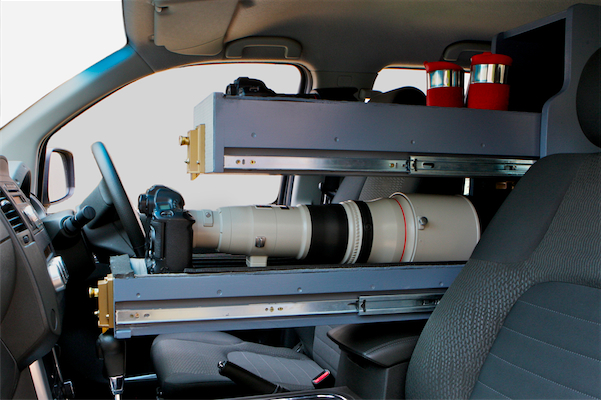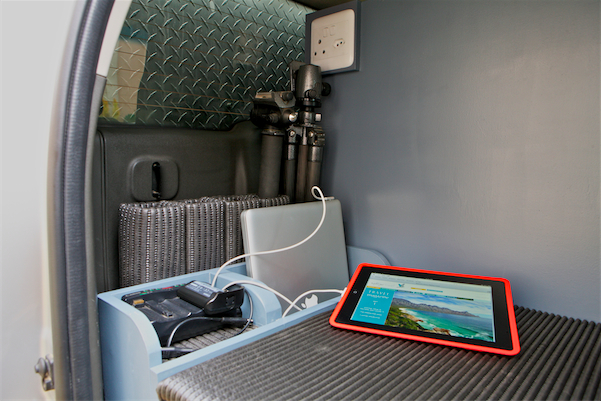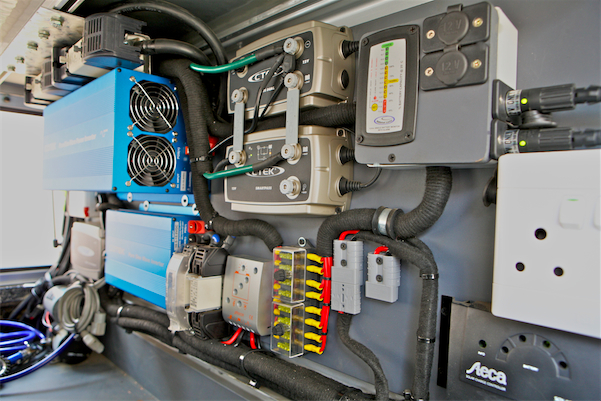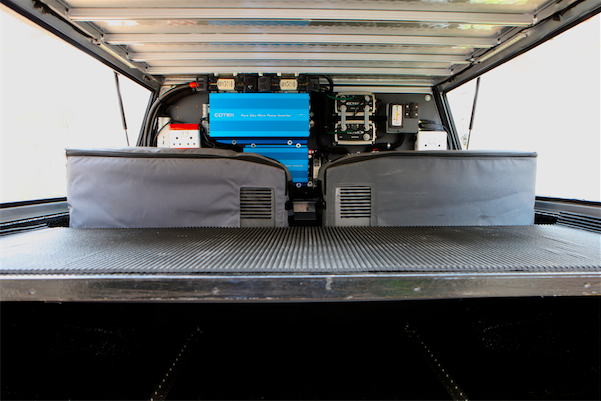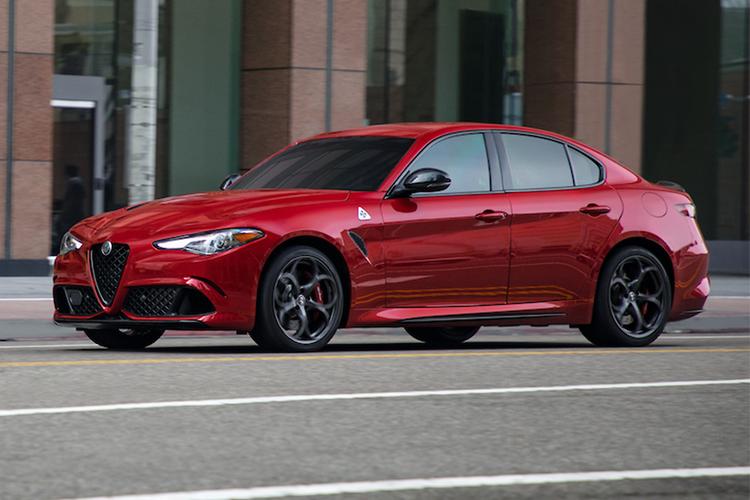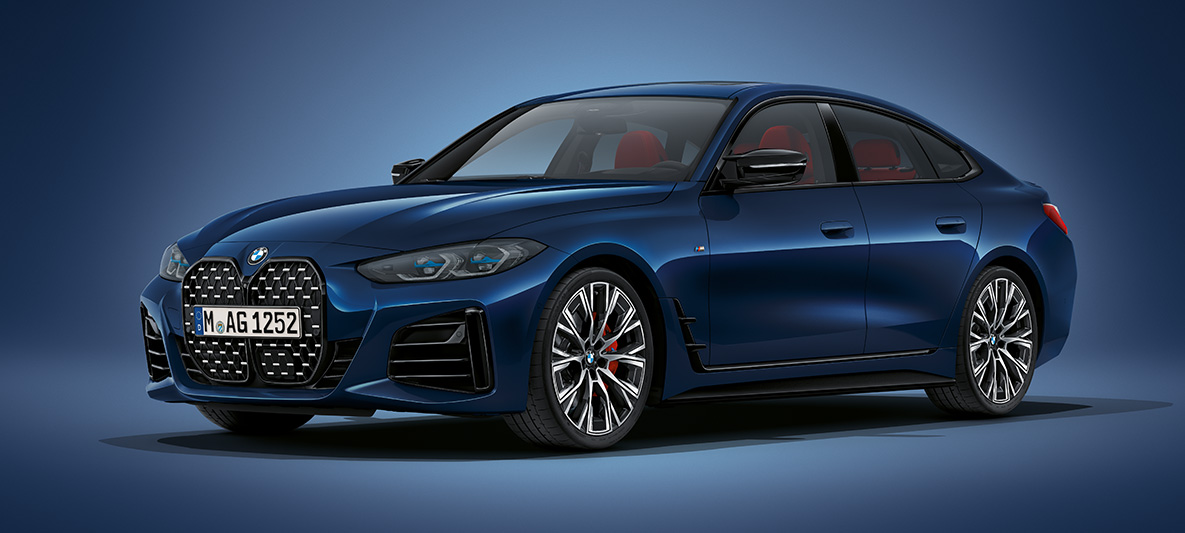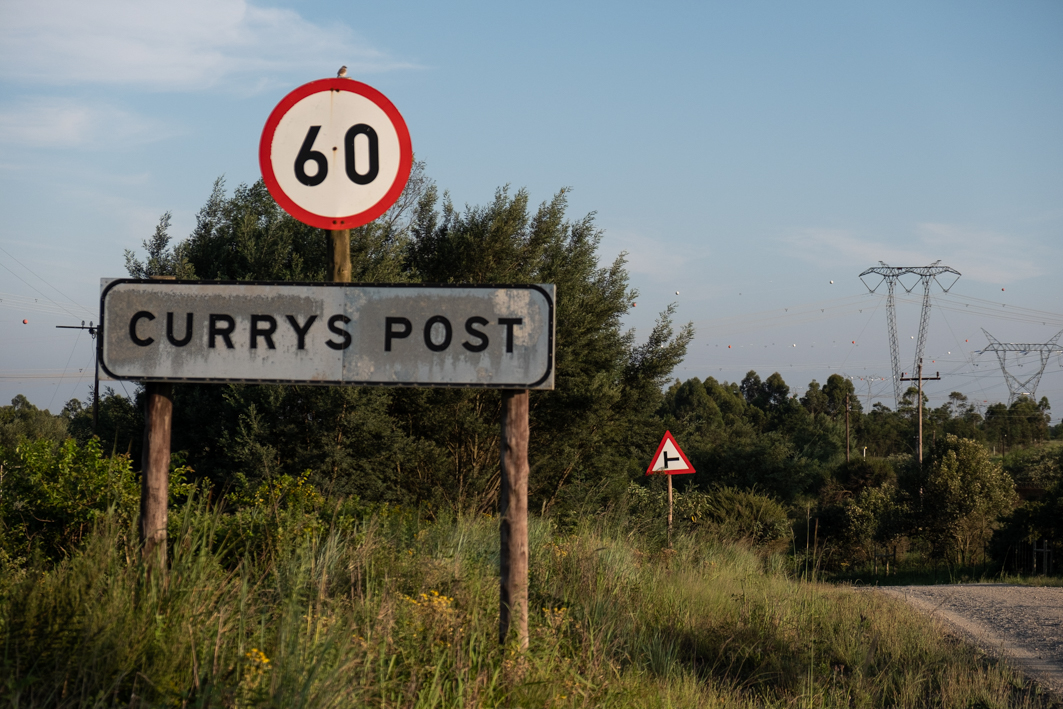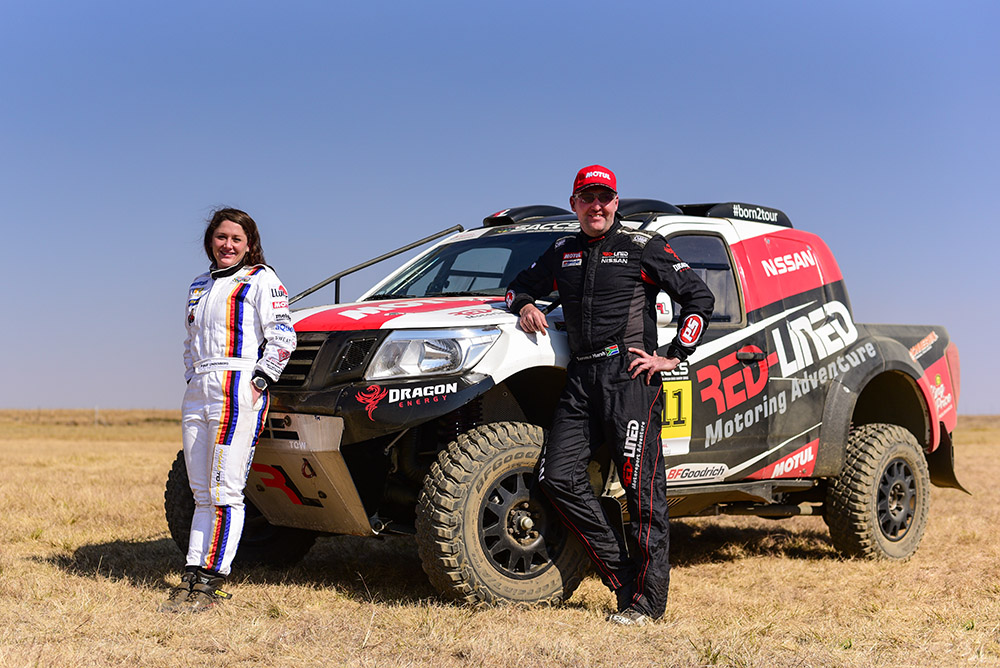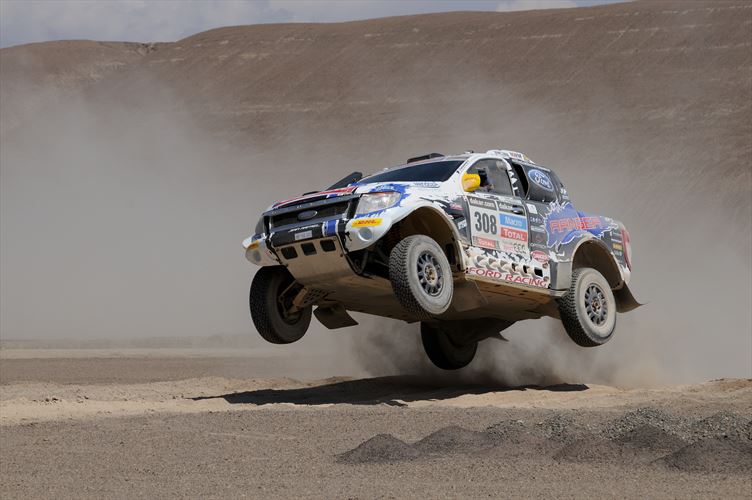By Erik Brits
Have you ever looked at a bakkie on a dealer floor, and thought to yourself “Pity it’s not finished”? I often look at that gaping load bay at the back and think to myself… just a little bar here, a battery there, a winch maybe, ooh a spotlight, and don’t forget the tyres! The point is, some people see their vehicles as a canvas, and my old man recently went van Gogh on his. Here are some of the details.
The Cameras
Maybe it’s age creeping in, or maybe it is that the lenses have become bigger with the years, but the one thing that is near impossible to do is to use a camera with a 500mm or 800mm lens effectively from the back seat. And even if it were, it is a pretty inefficient use of the space. Getting out of the car to get the big lens off the back seat is also not an option, even outside of game reserves. Animals and birds are usually reasonably tolerant of a metal box (vehicle), but take flight as soon as the door is popped open.
So we had the idea of installing a set of “kitchen drawers” in the space between the two front seats, extending all the way to the rear of the double cab of the bakkie (Ute for Aussies, Truck for Americans). The bottom drawer in the image shows a camera with an 800mm lens attached. The top drawer takes a camera with a 500mm lens, or two cameras with shorter lenses, or one camera and up to four coffee flasks as shown in the image.
Laptops, Chargers & other toys
The cameras are just a part of the paraphernalia that one needs comfortable access too. On the passenger side of the double cab, we fitted a box in which to slide the laptops. This box comfortably takes three laptops (in neoprene sleeves). Behind the box are containers (drainpipes covered in sticky plastic) for the tripods, monopods, walking sticks, fly-rods and whatever else one might want to stick in there.
The shelf is useful for keeping a bag full of the lenses that don’t go on the cameras and the space below the shelf takes two Pelican / Storm boxes, again full of camera kit for longer trips. The chargers for the laptops and the camera batteries are permanently wired and there are additional 12V and 220V outlets above and below the shelf. One of the biggest challenges of the whole setup was to get everything rattle free, and after 15 000km on dirt roads, we are almost halfway there…
The Power Source
Since a lot of our photography is done in remote places, it was important to have an independent power source for all the cameras, laptops and other gadgetry. Whereas a camera can go over a thousand shots on a charge (and one can always carry spare batteries), it takes a full laptop charge to download and process a batch of 250-odd images. Rather frustrating if you are staying in a remote cottage with no electricity for a week.
The two CTEK boxes in the top middle of the image charge the battery pack via the alternator. The AECA is the controller for the solar panels (The little grey box middle bottom is a spare controller for the solar panels). The two blue boxes are a 3kW sine wave inverter and a 650W sine wave inverter. The smaller one is used for charging the electronics and is permanently on. The bigger inverter, ridiculous as it may sound, is used for boiling a kettle for coffee.
The compressor for inflating the tires has also been hard wired. The tray in which it is mounted serves as the lid for the battery compartment, which contains six deep cycle batteries. The CTEC module that is just visible in the bottom left hand corner of the image is a 220V charger that is used to top up the battery pack before long trips.
The Rest of the Space
Since we have such an abundance of mobile power, we mounted two fridges sideways in the load bay, immediately behind the battery pack. The fridges are accessed through the side panels of the canopy and are quite comfortable to use for folk of average height. With both fridges going and some recharging of laptops and camera batteries, the system can easily run through the night of arrival, two more nights, and the two days inbetween. However, if the plan is to stay put for longer than this, we usually get the solar panels up and running on day 1.
The shelf behind the fridges is fixed and works better than a drawer system. The space below the shelf takes four 70-litre wheelie bags, which can be rolled in and out very comfortably. And then there is ample packing space on top. Of course, this arrangement only works because it only has to access the rear half of the load bay.
Originally published: http://www.nightjartravel.com/magazine/lazy-photographer
